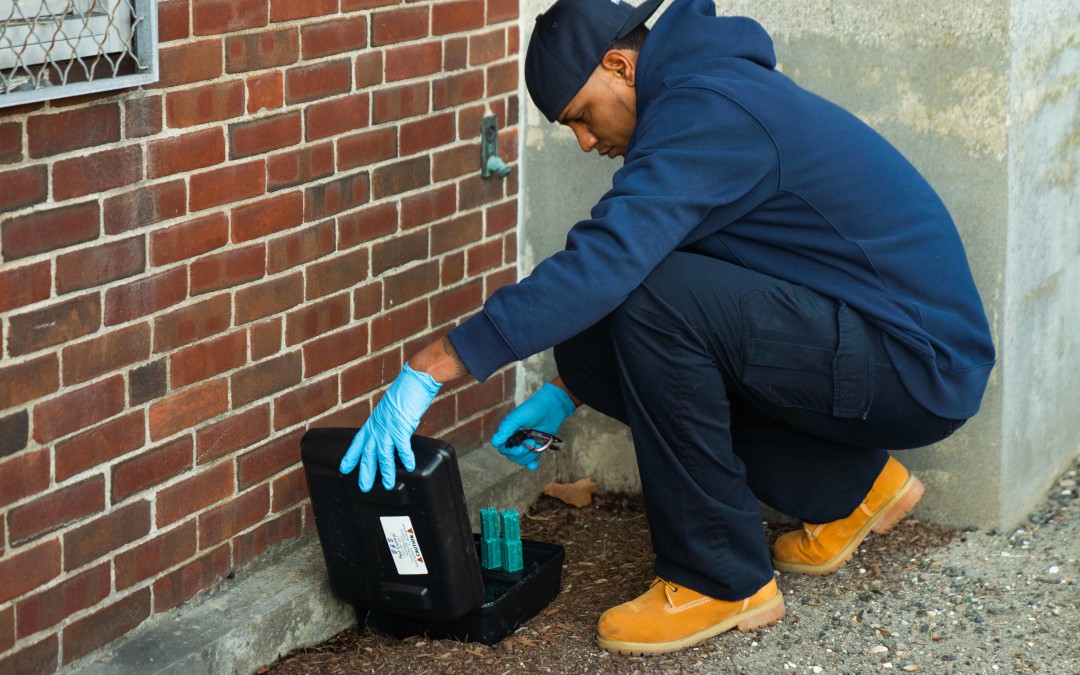Norway rats are large rodents with a tail measuring up to 21 cm; they have grey to brown far with their tails and ears covered in scales. They can be as large as 40cm weighing more than 500g, with their tail shorter than the body length.
What Attracts Norway Rats?
Norway Rats are accomplished burrowers and diggers, yards with;
- Thick shrubs
- Uncut grass
- Gardens
attract them.
Norway Rats Entry Points
Since rats can fit in tiny holes as small as ½ an inch, they can penetrate a premise through crevices and gaps. The most common entry points are;
- Foundation vents and walls are poorly maintained.
- Crawlspace door that has poor fittings
- Plumbing lines and utility holes
- Doors with gaps beneath them
Damages of Norway Rats
Norway rats’ infestation may not only result in damages but also disease transmission. These rats act like carriers to some human transmittable disease via feces and urine. Once the rats penetrate a premises, some of the interior building damages will entail;
- Foundation damages in case of burrows
- Food contamination
- Chewing of belongings or wiring
Norway Rats Infestation Signs
If your premises are infested with Norway rats, some of the likely sign to encounter include;
- Gnaw masks, to know if you have a Norway rats’ infestation, your objects for example utility lines and food will show evidence of gnaw mask. Rats gnaw holes that have a dimeter of 2 inches or above with edges that are rough. The rats’ material of preference is usually wood, although they also damage electrical wiring and properties.
- Droppings, which are the most common sign of Norway rats’ infestation. Their droppings are usually of capsule shape and range between a length of 1.8-2.0 cm with blunt edges. The droppings are normally located around the most frequent travel pathways of the rodent. The droppings’ color varies depending on the rodents’ diet, but are usually shiny black in color. Compared to a mouse dropping, Norway rats’ droppings are three-time larger.
- Visual sightings, in case there is a rampant infestation, it will be possible to sight these rodents during day time. In case of an out-door sighting, it will be in the form of their nests’ indication.
- Grease stains, usually along the edges as a result of rats running, maybe a sign indicating activity. If the activity is great, the stain becomes darker. The grease marks often appear on the walls next to the rats’ runways.
- Tracks manifestation, their runways are usually free of vegetation, appear smooth, and well-packed. Incase it’s indoors, their path through dirt and dust will appear clean. If tracking their hind foot, it is about ¾ to 1 inch. Since rats tend to drag their tails between their tracks, there will be a tail mark.
- Odors and Urine Stains, under a black light tool or an ultraviolet flashlight, urine deposits of rodents will appear as streaks or drops on a fine line.
- Burrows, normally located below the debris or along foundations walls, measuring up .to 3 inches is another sign of Norway rat infestation.
Hire a Pest Control Professional
If you notice a Norway rat infestation in your home, getting a pest control professional is the best way to deal with it. A pest control professional has the tools and expertise to ensure that your problem is addressed completely

